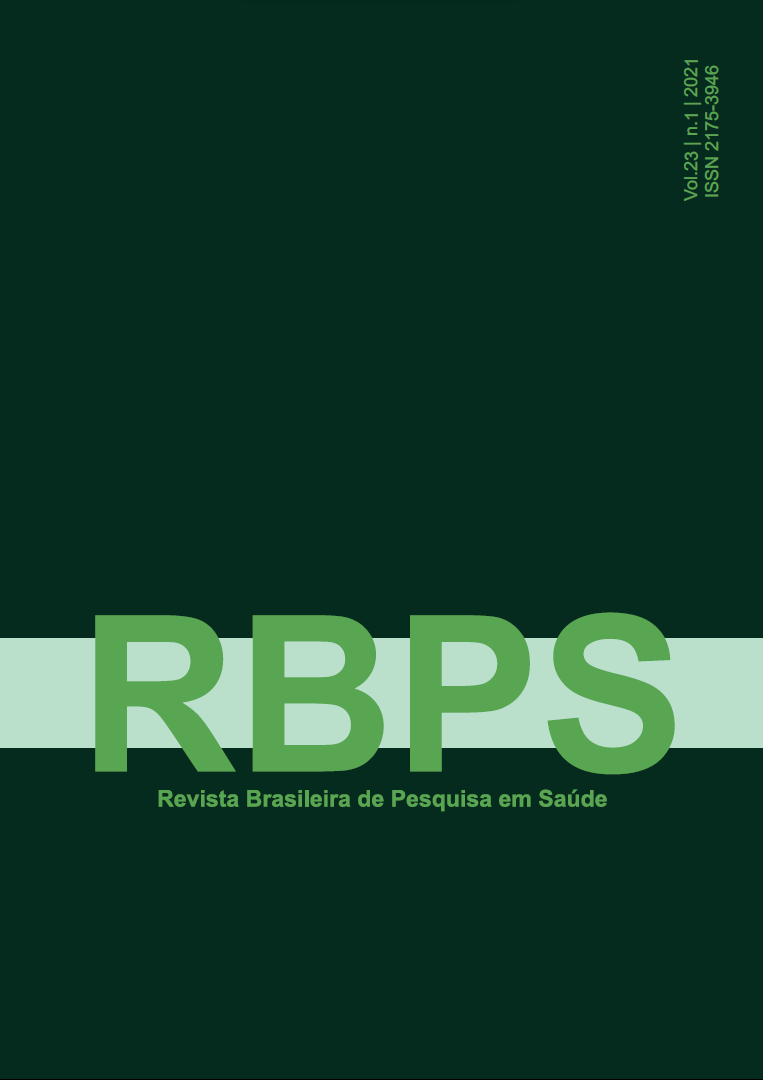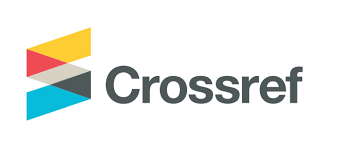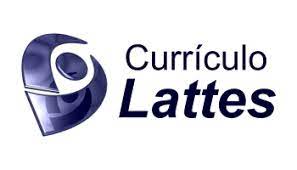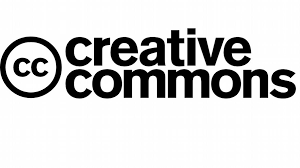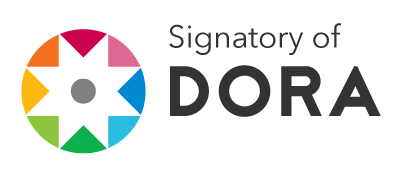Incidence of, and factors linked to, smartphone addiction in Brazil
Keywords:
Dependency, Smartphone, Risk factors, Neck painAbstract
Introduction: The use of cell phones can lead to users’ addiction. However, the literature in the field lacks data about this topic in the Brazilian population, as well as about its likely associated factors. Objectives: Investigating the prevalence of smartphone users’ addiction, as well as assessing its likely association with sex, age, student status and incidence of neck pain. Methods: Interview comprising sociodemographic questions was conducted with participants, who were also assessed to investigate the incidence of neck pain and smartphone addiction (Smartphone Addiction Scale - short version). Spearman’s correlation coefficient was used to evaluate correlations between variables; prevalence ratio (PR) was calculated to measure likely risk relationships. Results: There was prevalence of smartphone addiction (551 participants) in 53% of the sample. Significant correlations were observed between smartphone dependence and age, student status and pain. PR recorded for risk of addiction based on age was 1.5, whereas PR based on student status was 1.4. PR recorded for neck pain was 1.3. Conclusion: Data have indicated that younger individuals are 50% more likely to develop smartphone addiction, whereas students are 40% more likely to develop it. Finally, smartphone-dependent individuals are 30% more likely to have neck pain.
Downloads
Downloads
Published
How to Cite
Issue
Section
License
Copyright (c) 2021 Revista Brasileira de Pesquisa em Saúde/Brazilian Journal of Health Research

This work is licensed under a Creative Commons Attribution-NonCommercial-NoDerivatives 4.0 International License.
Authors and reviewers must disclose any financial, professional, or personal conflicts of interest that could influence the results or interpretations of the work. This information will be treated confidentially and disclosed only as necessary to ensure transparency and impartiality in the publication process.
Copyright
RBPS adheres to the CC-BY-NC 4.0 license, meaning authors retain copyright of their work submitted to the journal.
- Originality Declaration: Authors must declare that their submission is original, has not been previously published, and is not under review elsewhere.
- Publication Rights: Upon submission, authors grant RBPS the exclusive right of first publication, subject to peer review.
- Additional Agreements: Authors may enter into non-exclusive agreements for the distribution of the RBPS-published version (e.g., in institutional repositories or as book chapters), provided the original authorship and publication by RBPS are acknowledged.
Authors are encouraged to share their work online (e.g., institutional repositories or personal websites) after initial publication in RBPS, with appropriate citation of authorship and original publication.
Under the CC-BY-NC 4.0 license, readers have the rights to:
- Share: Copy and redistribute the material in any medium or format.
- Adapt: Remix, transform, and build upon the material.
These rights cannot be revoked, provided the following terms are met:
- Attribution: Proper credit must be given, a link to the license provided, and any changes clearly indicated.
- Non-Commercial: The material cannot be used for commercial purposes.
- No Additional Restrictions: No legal or technological measures may be applied to restrict others from doing anything the license permits.

